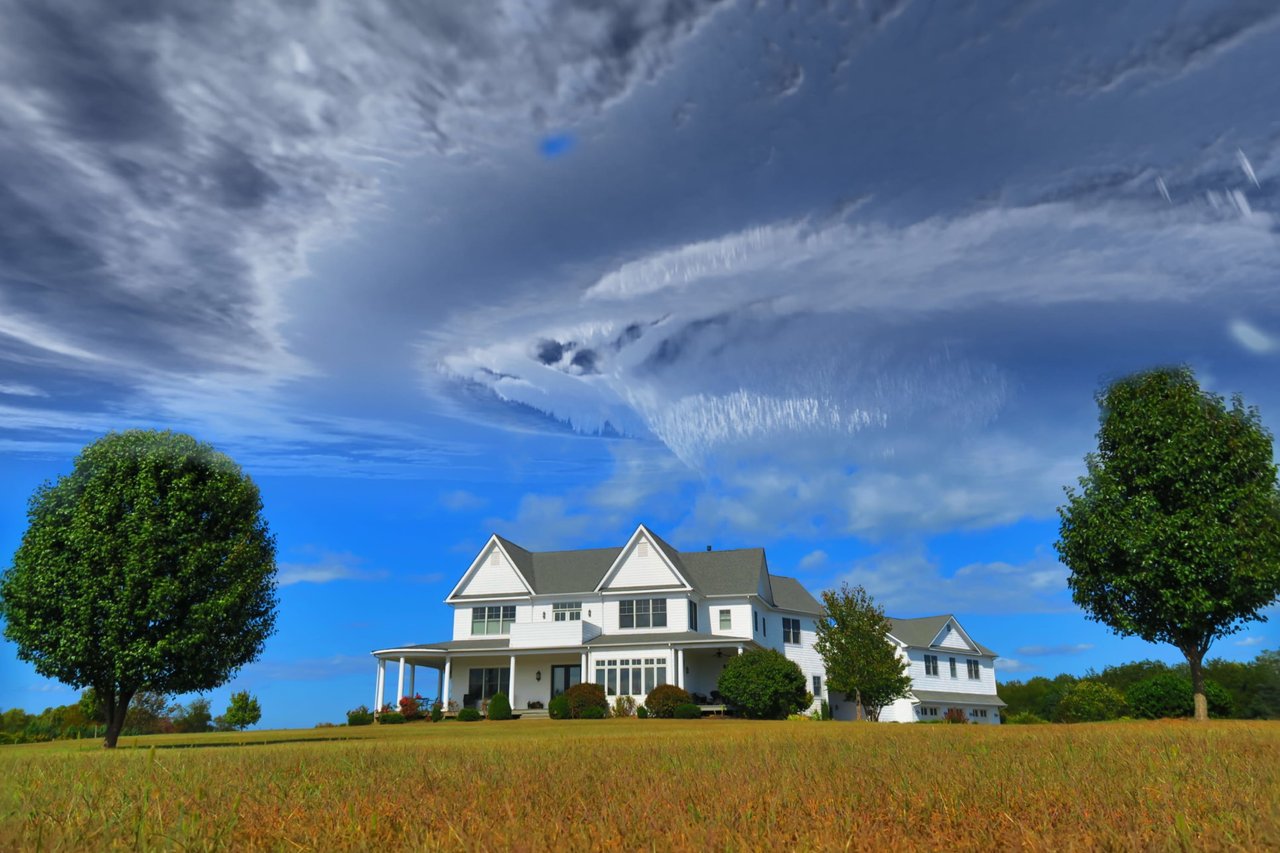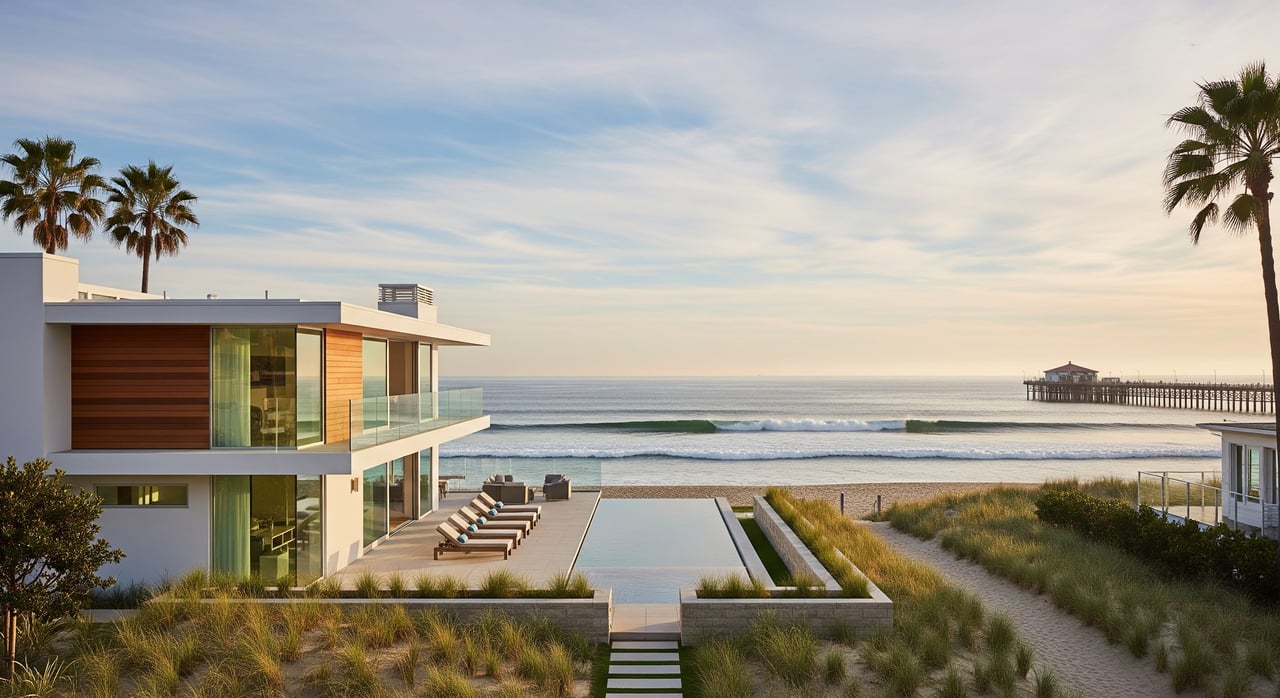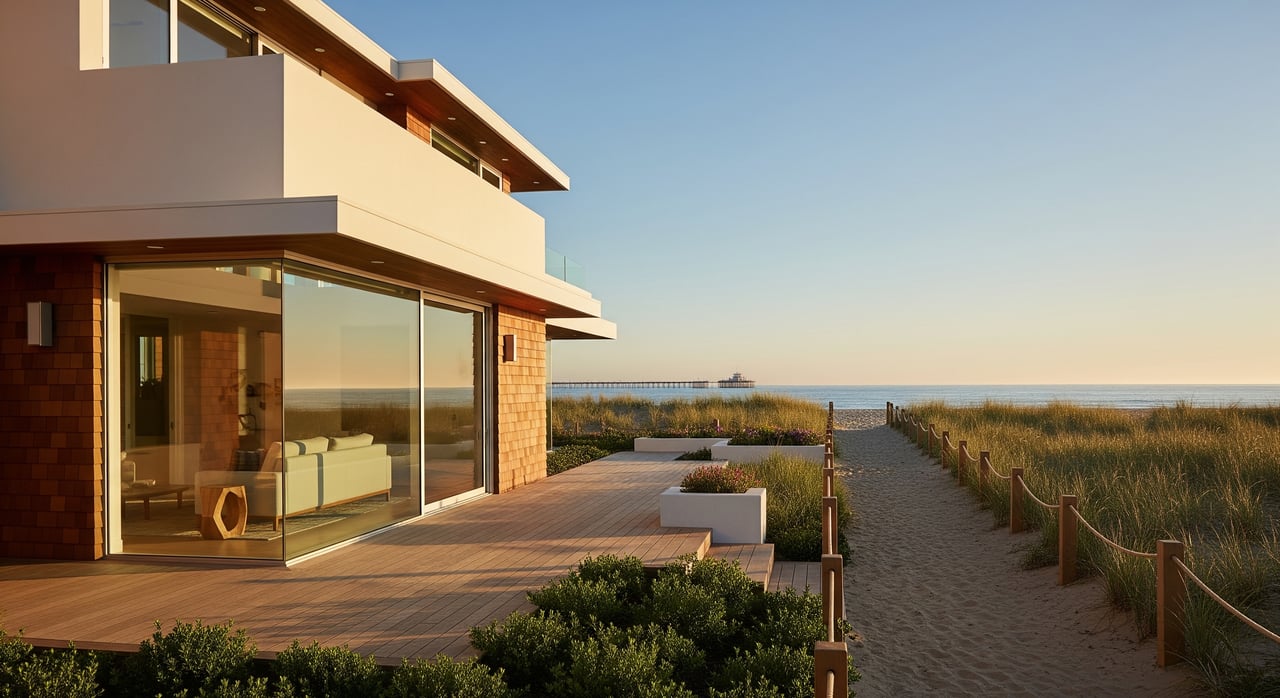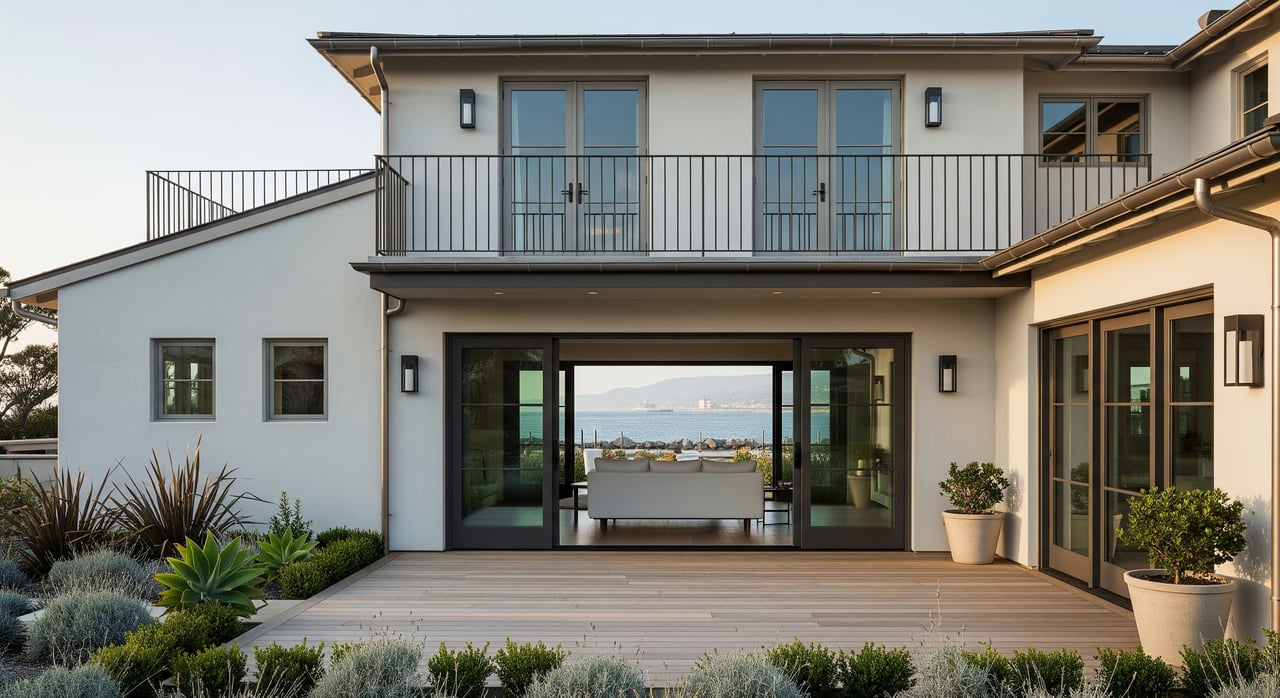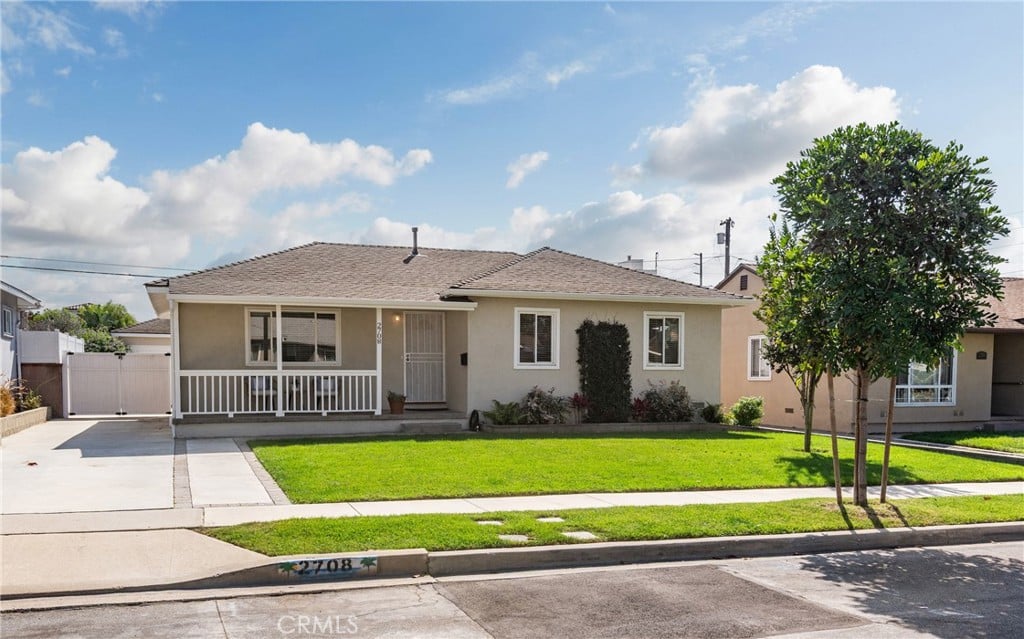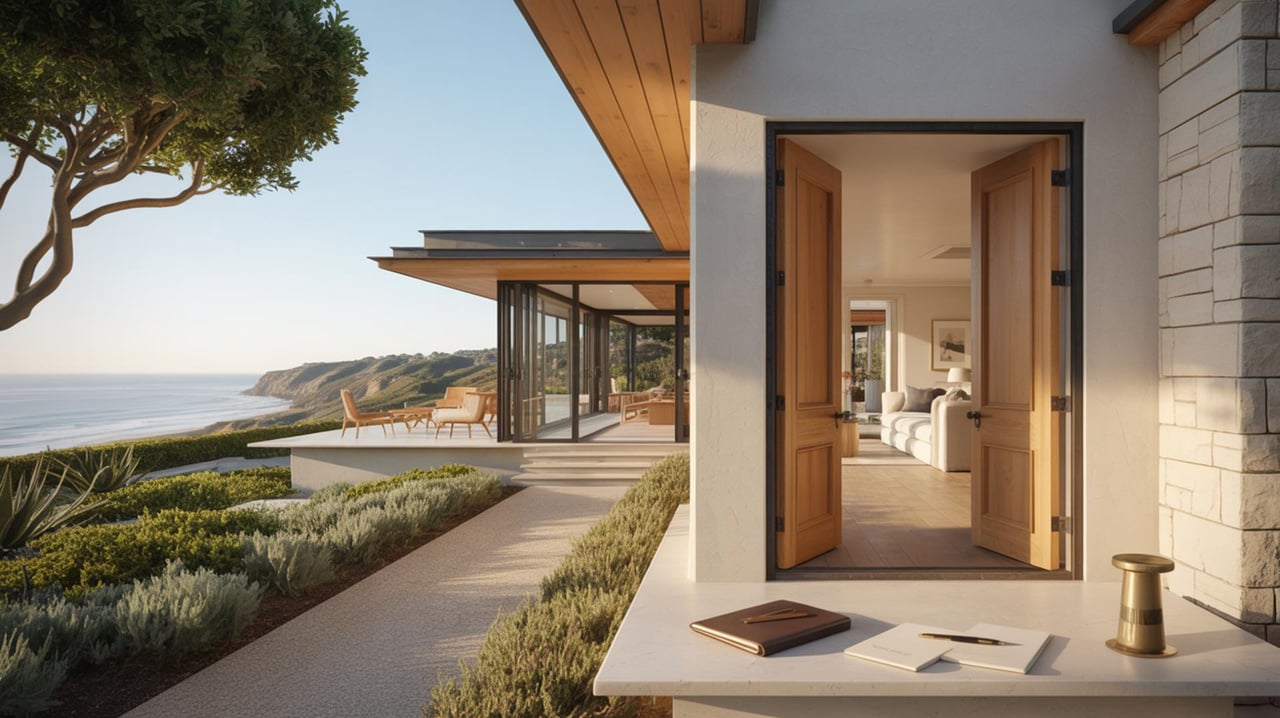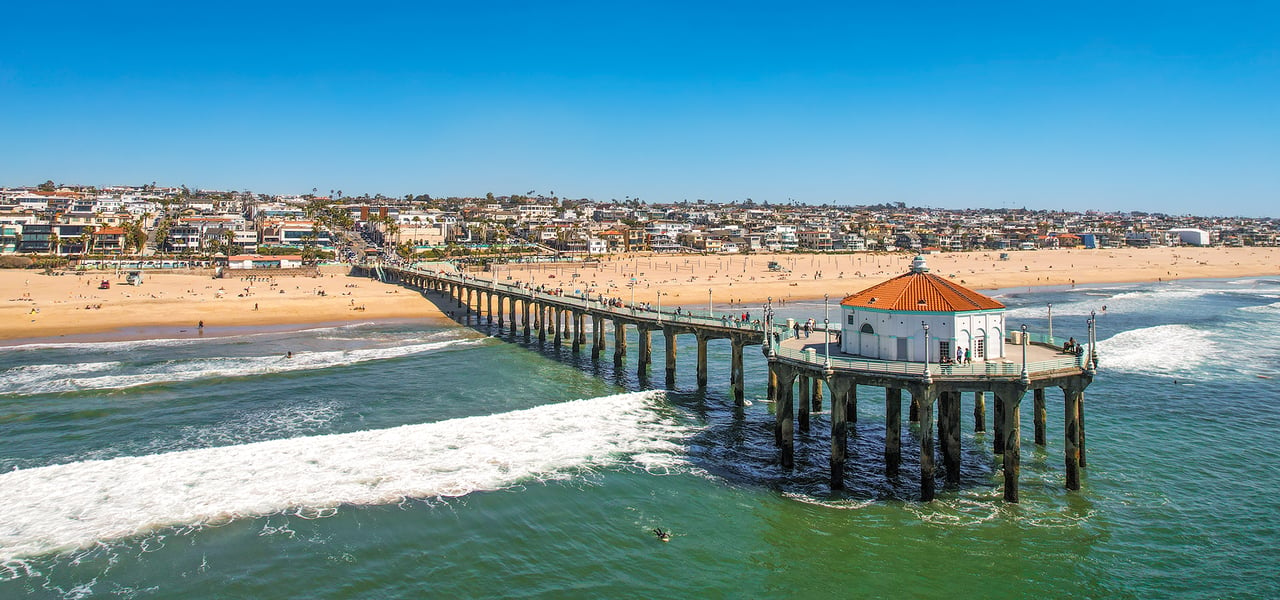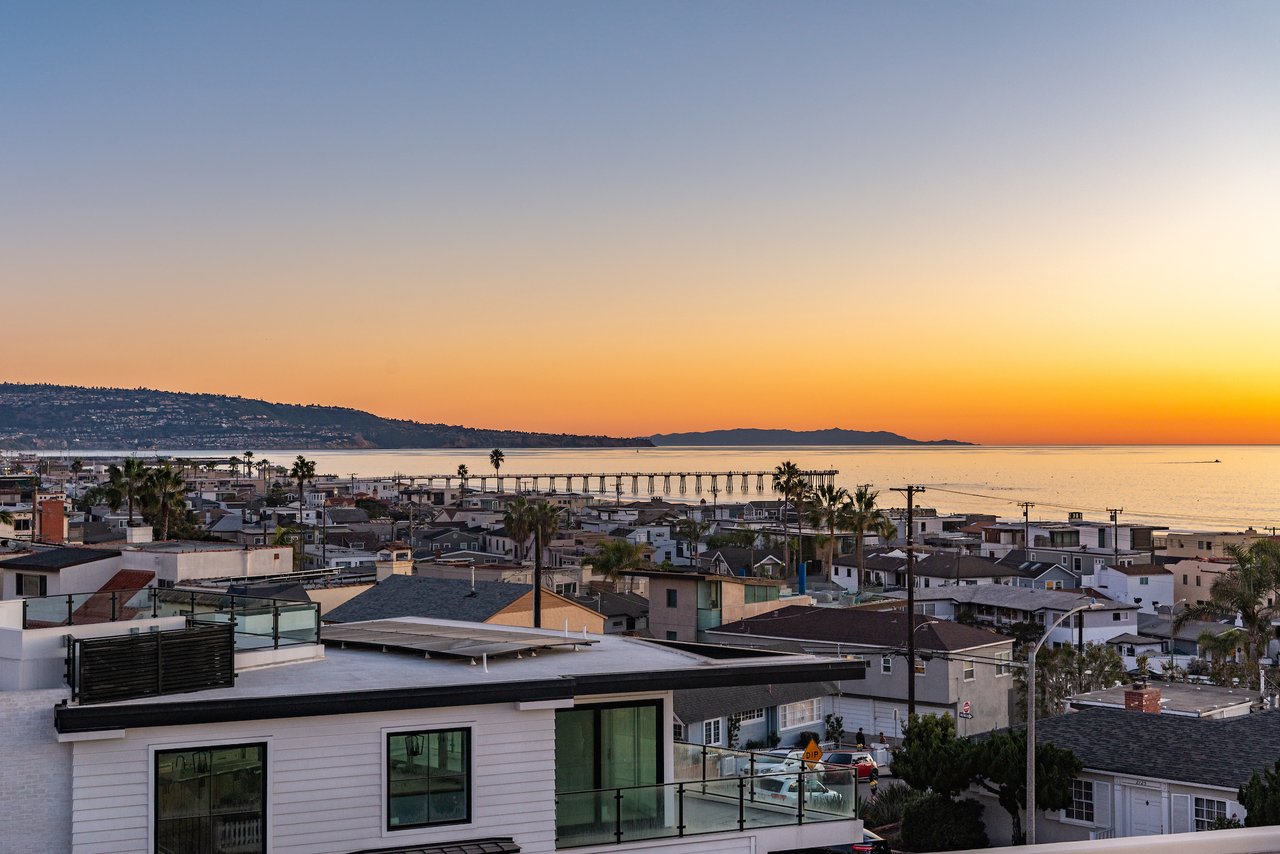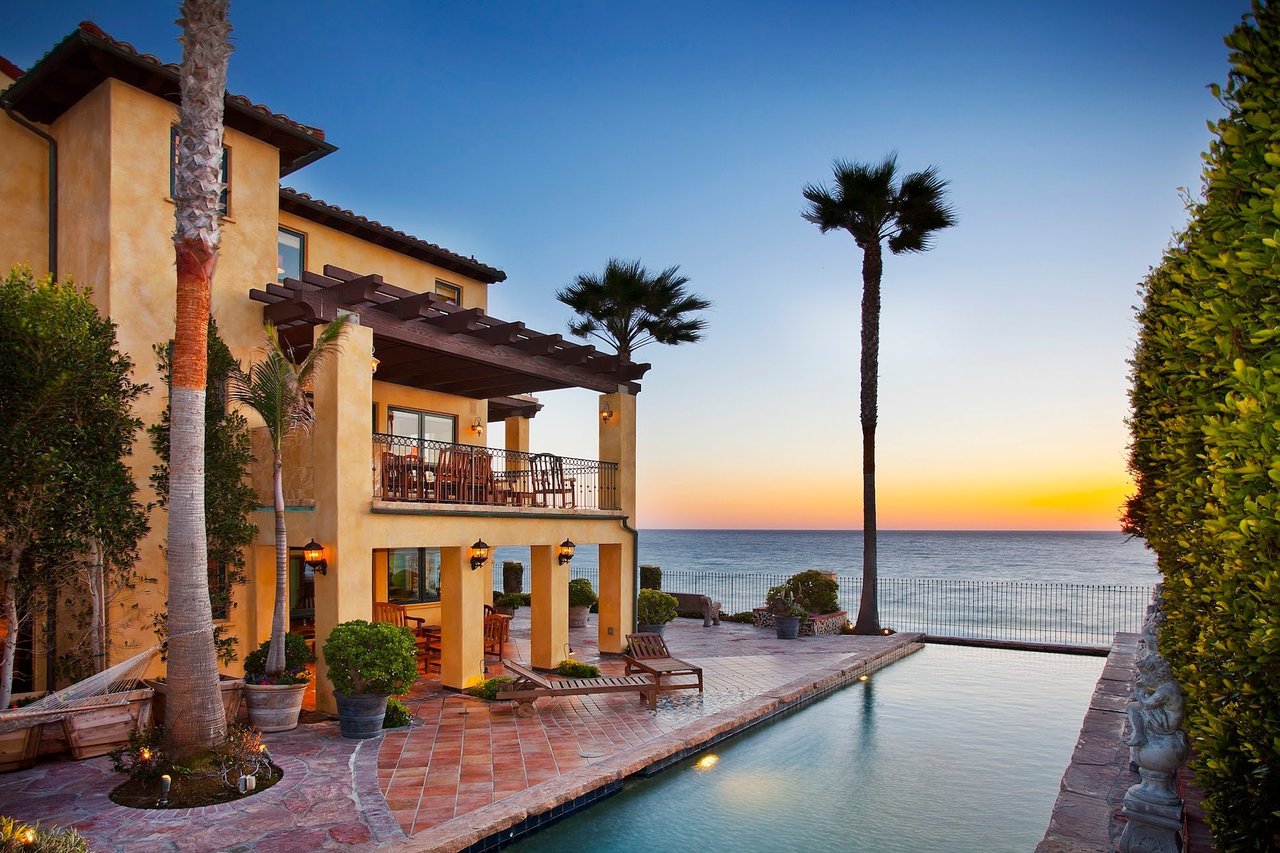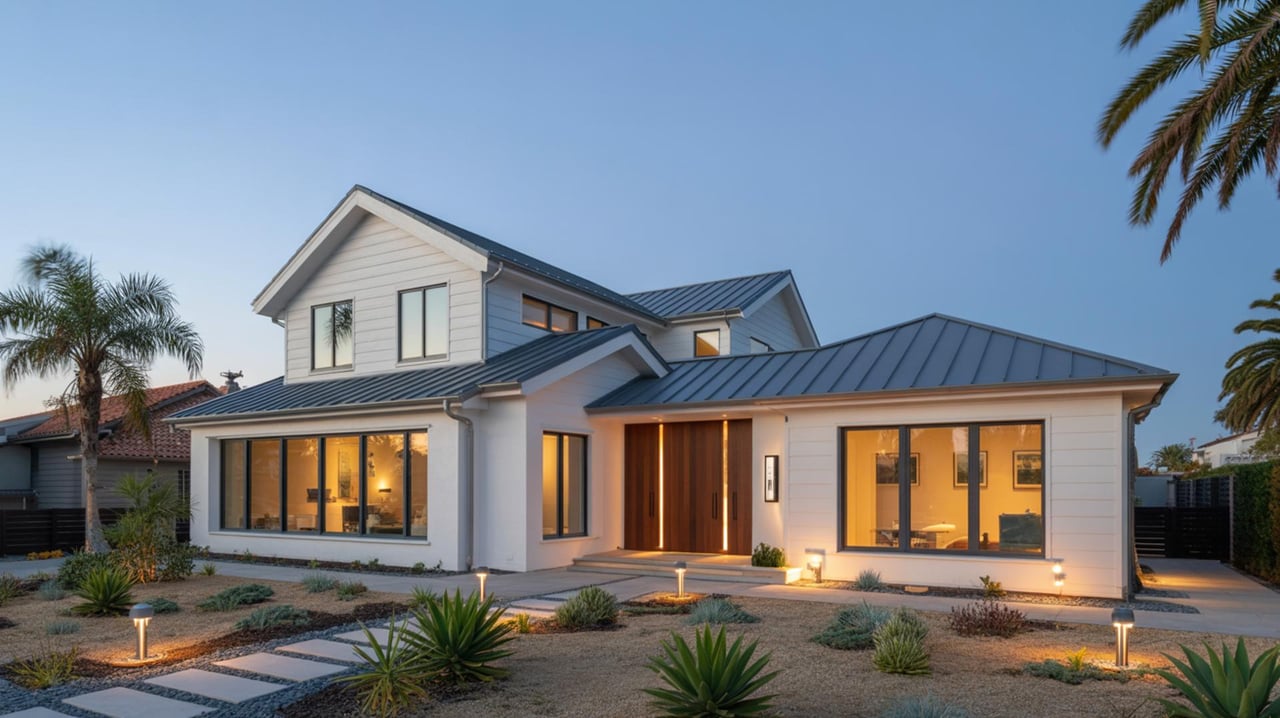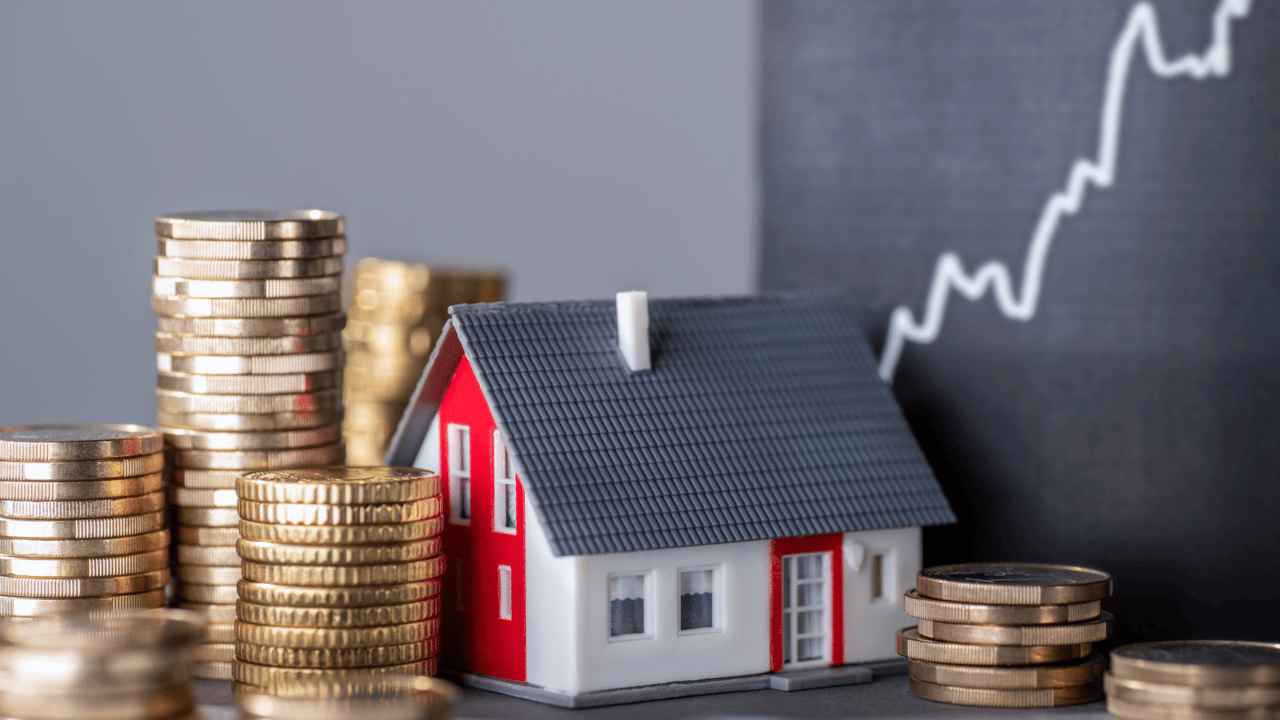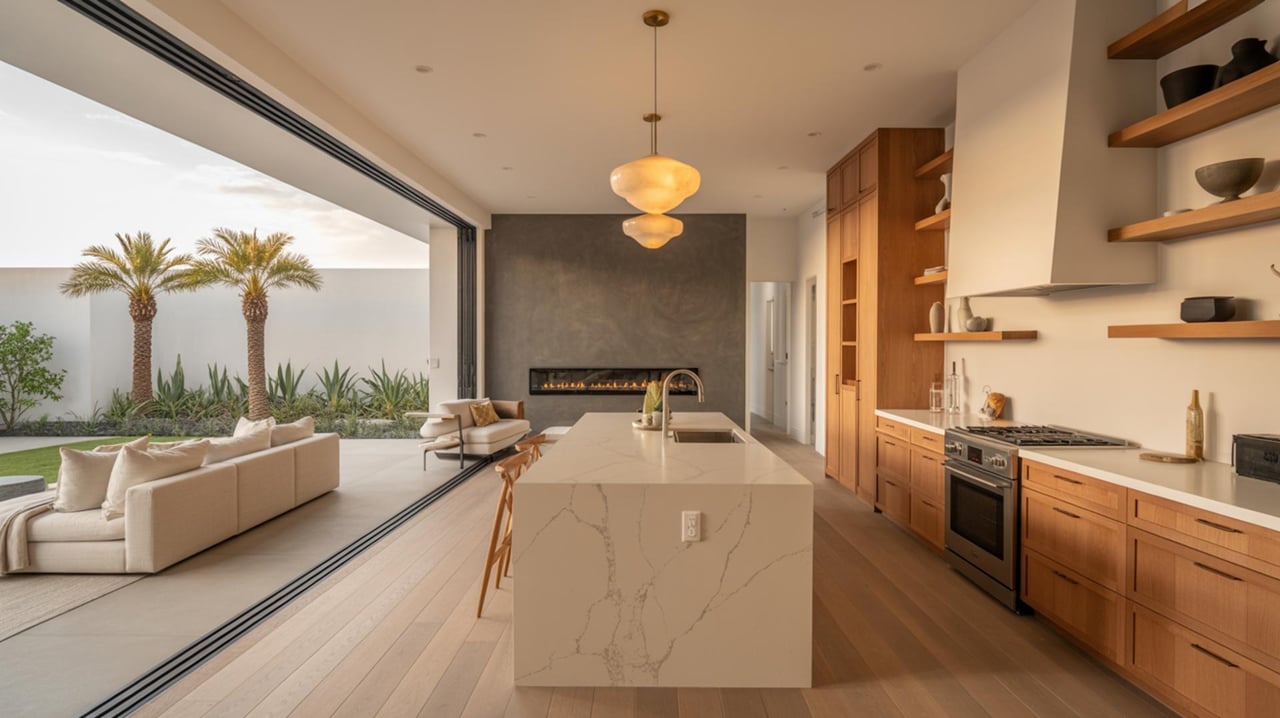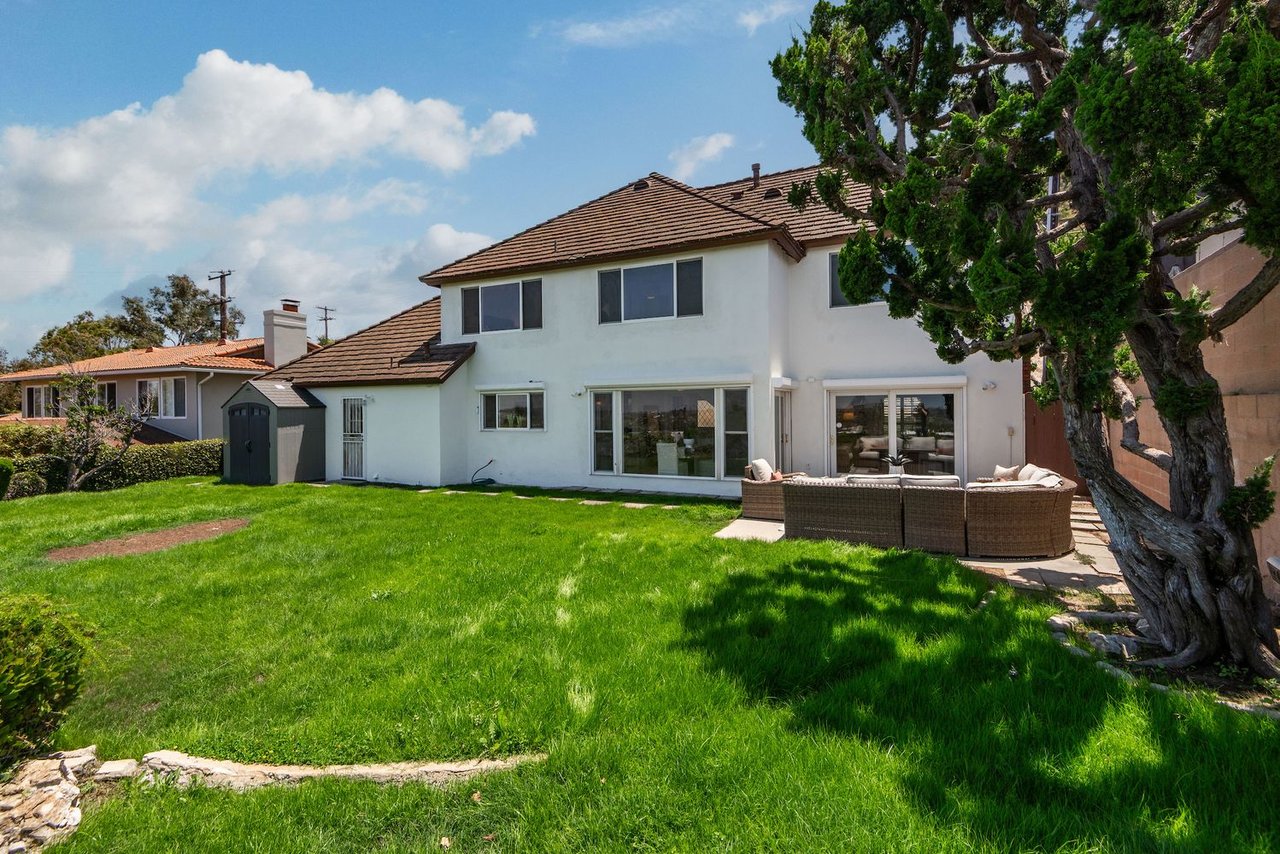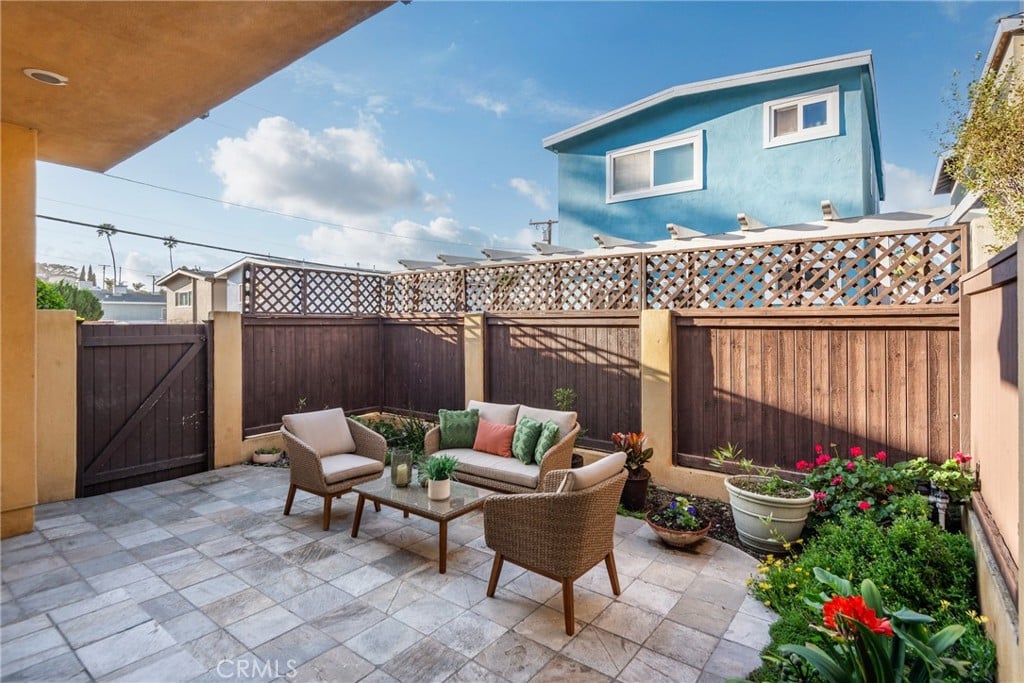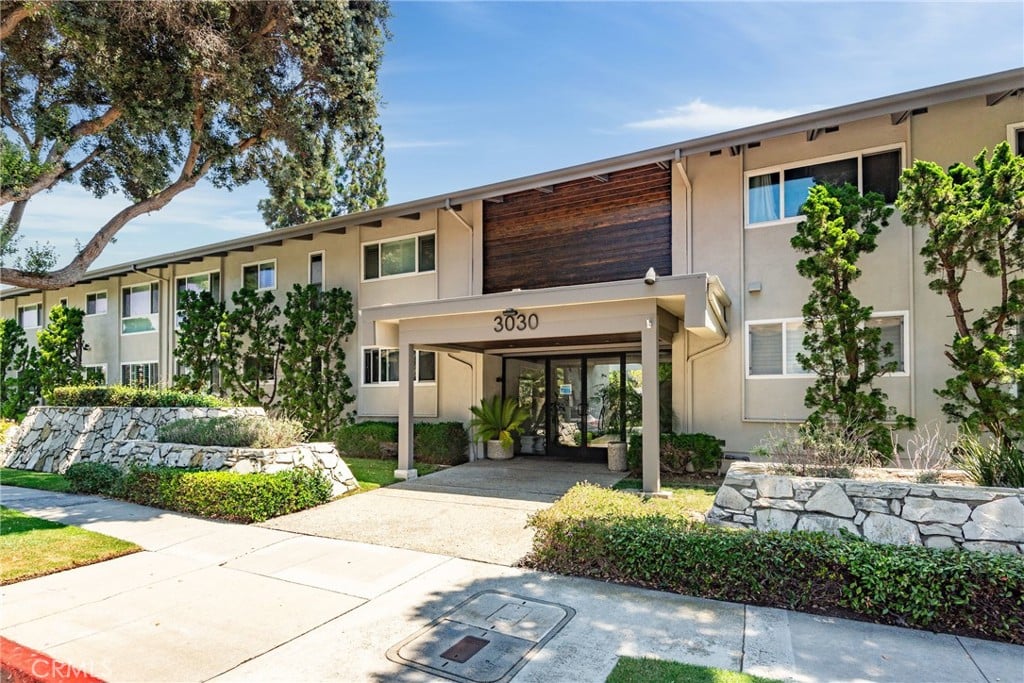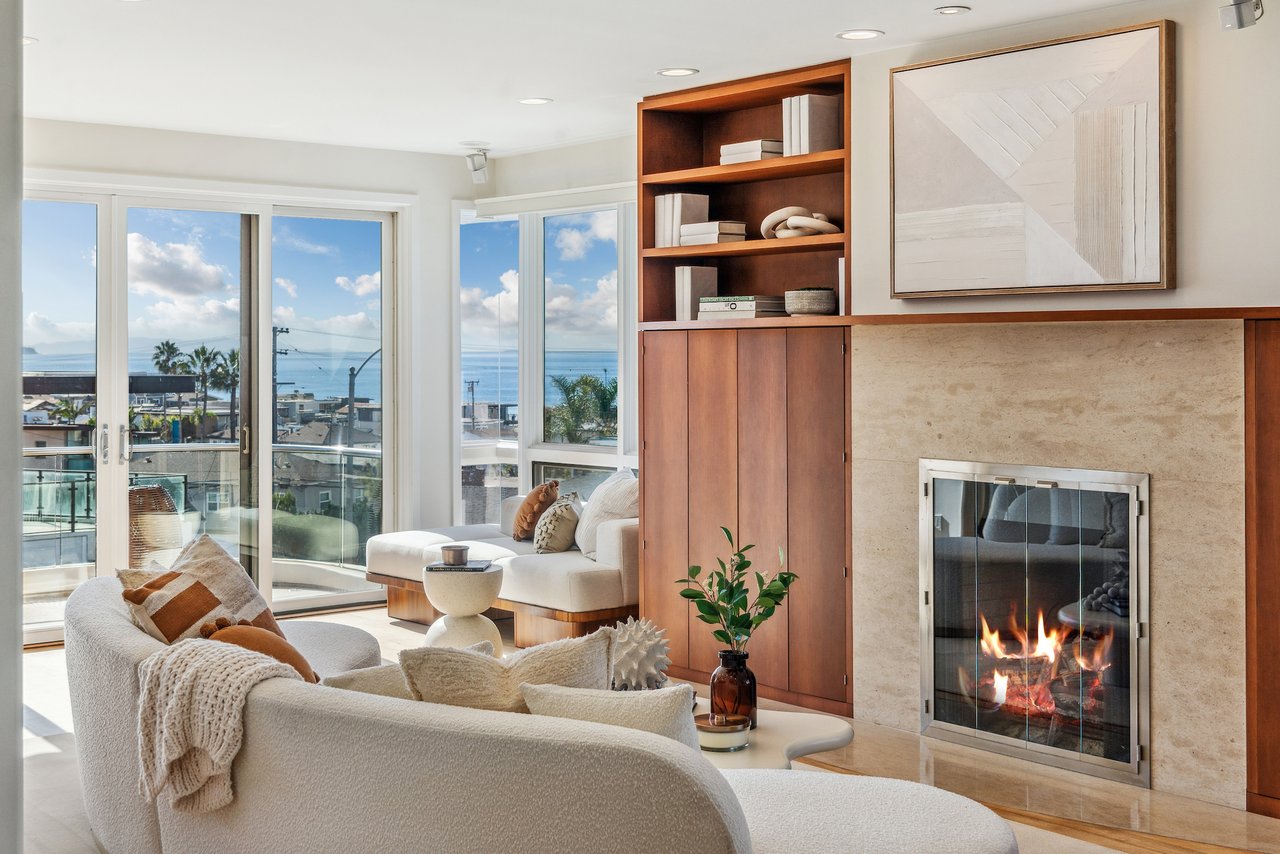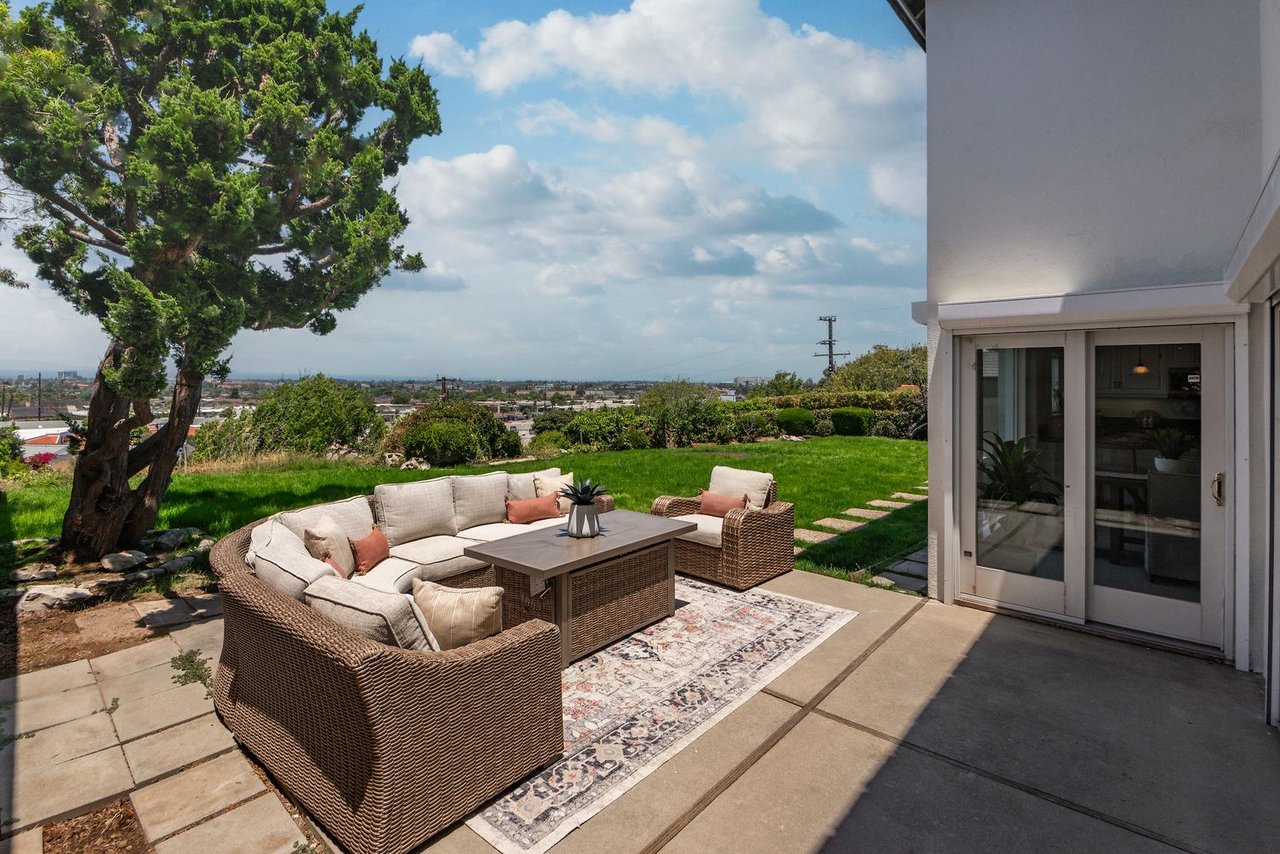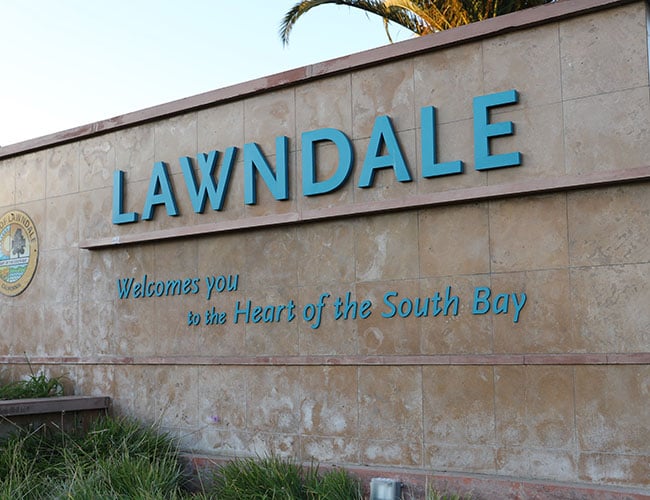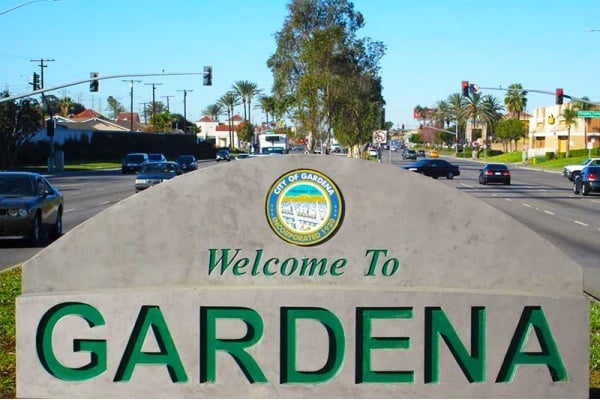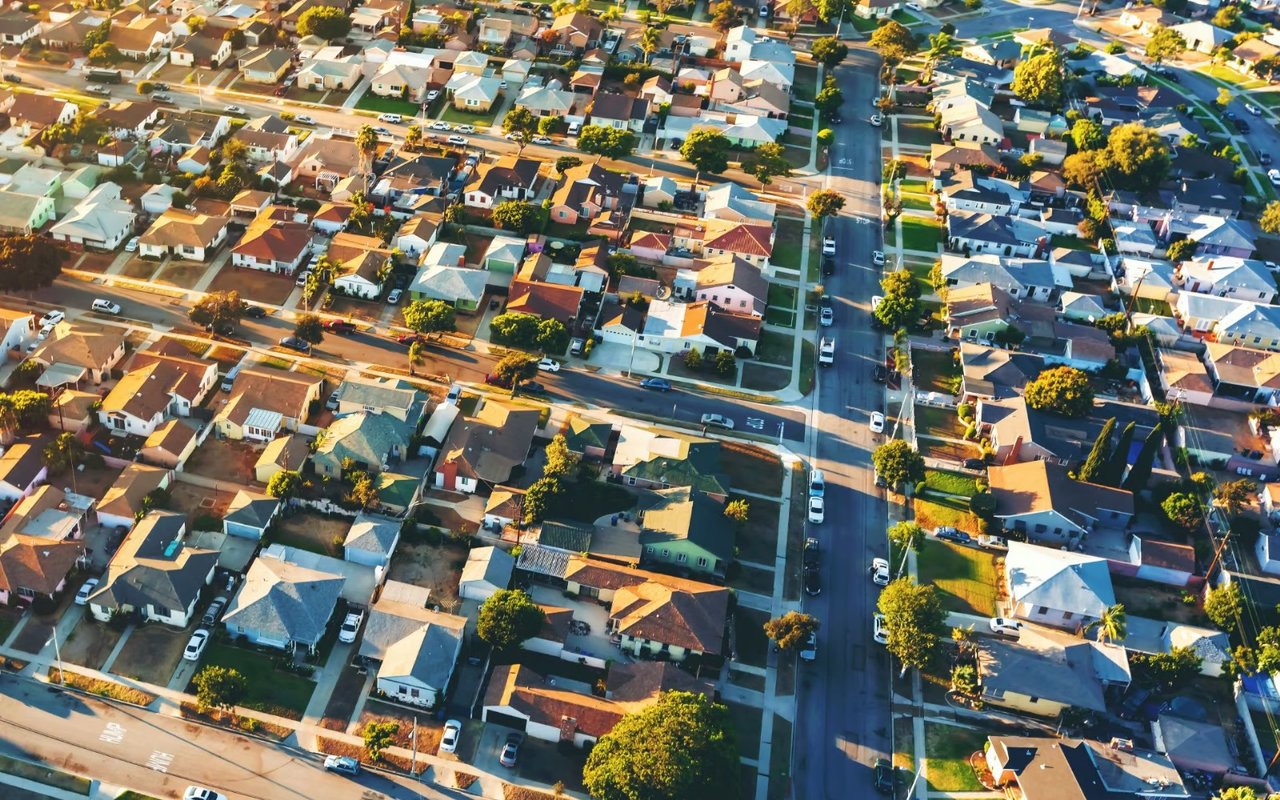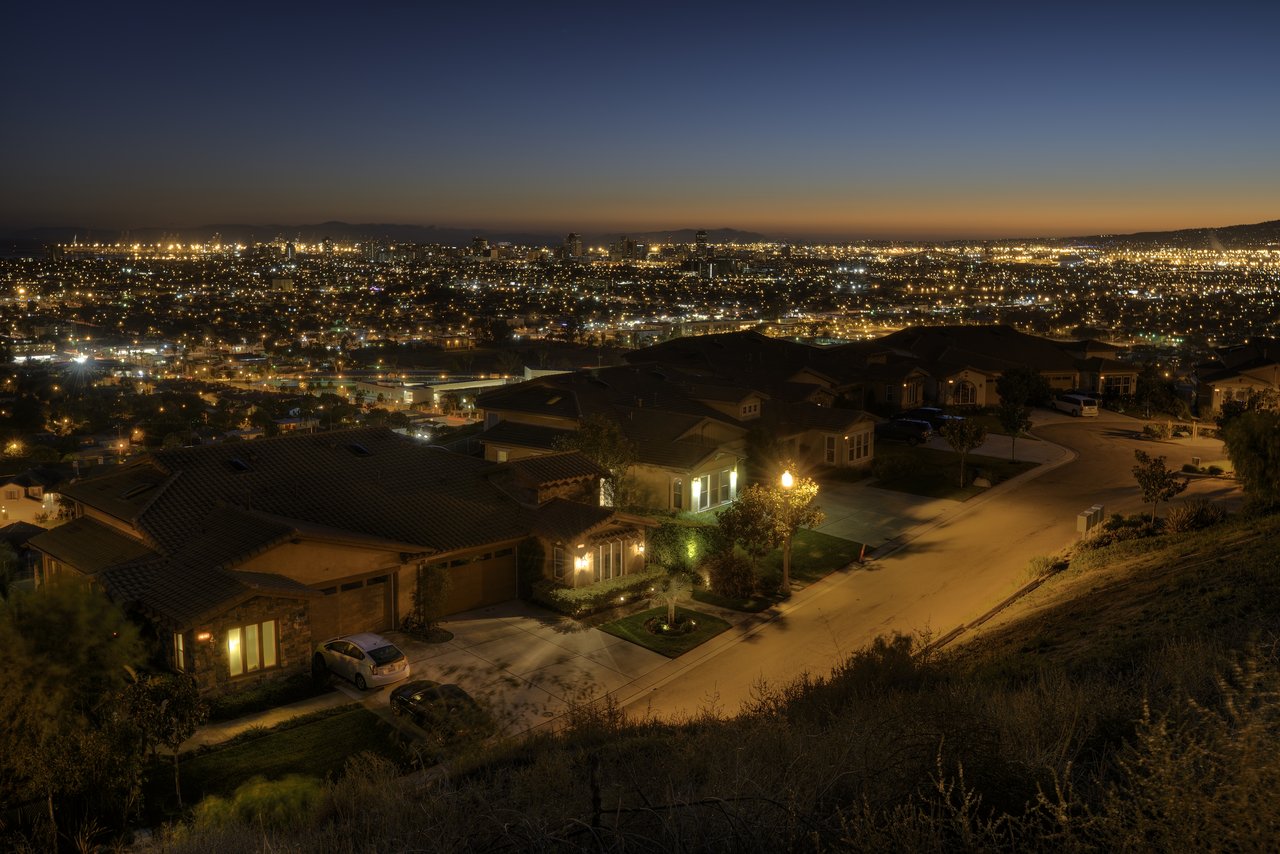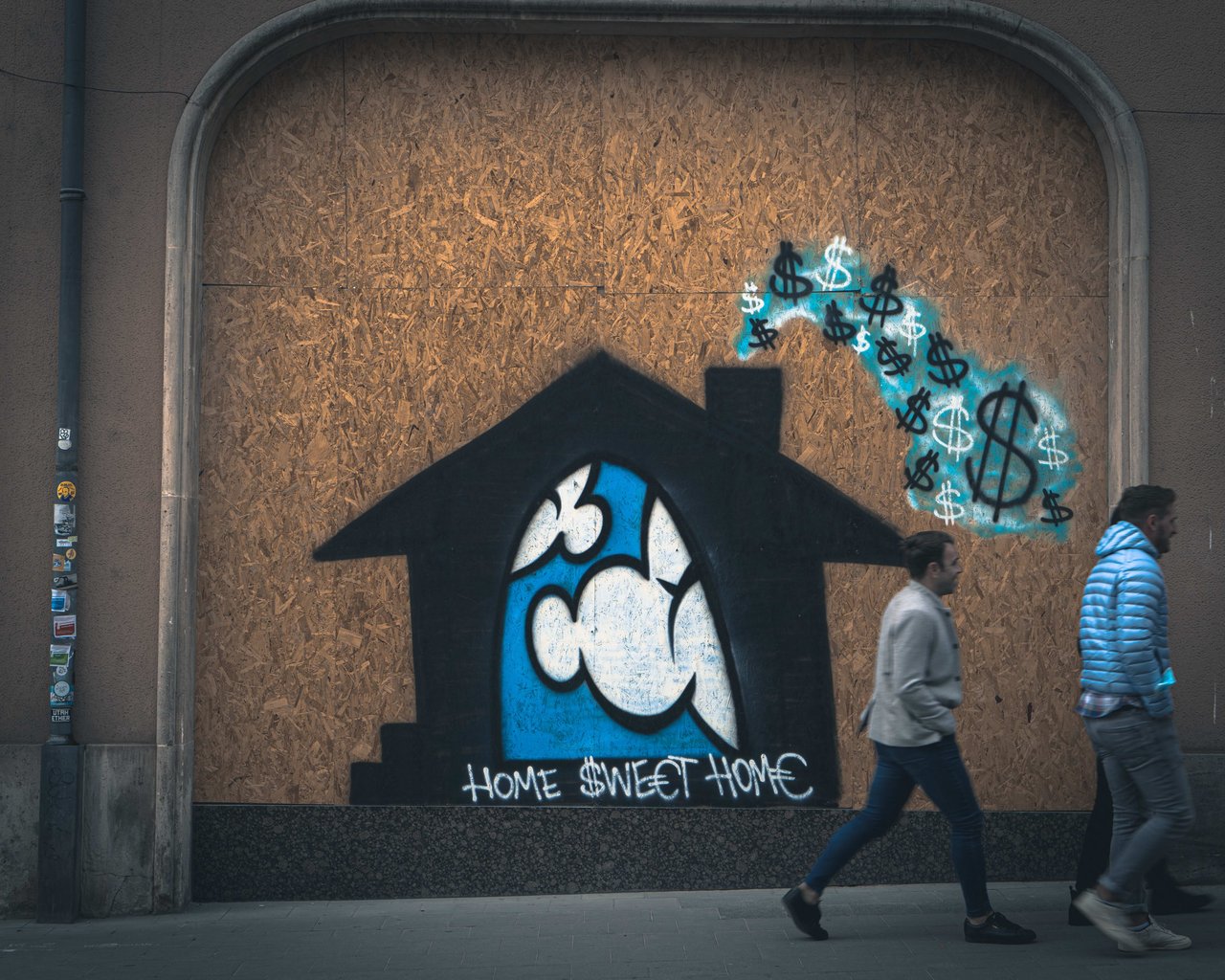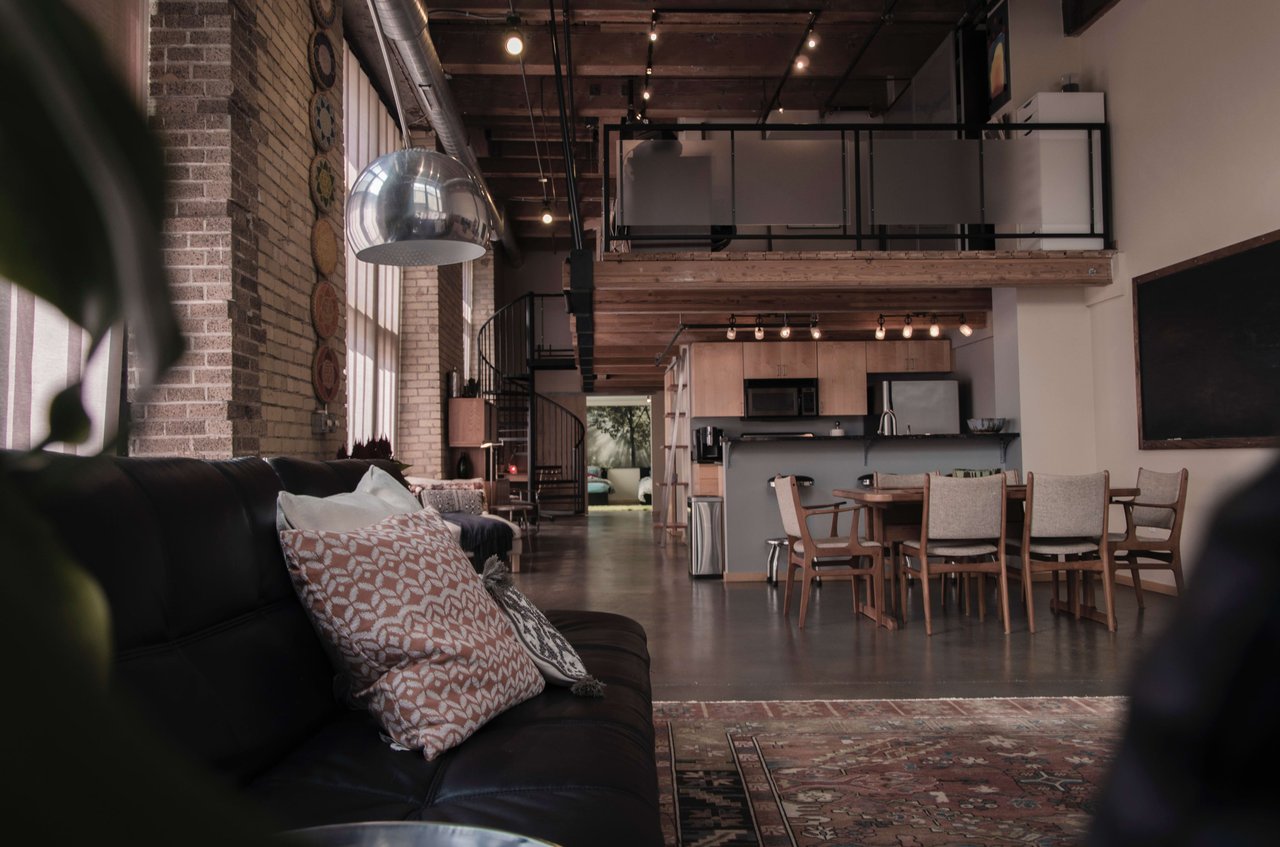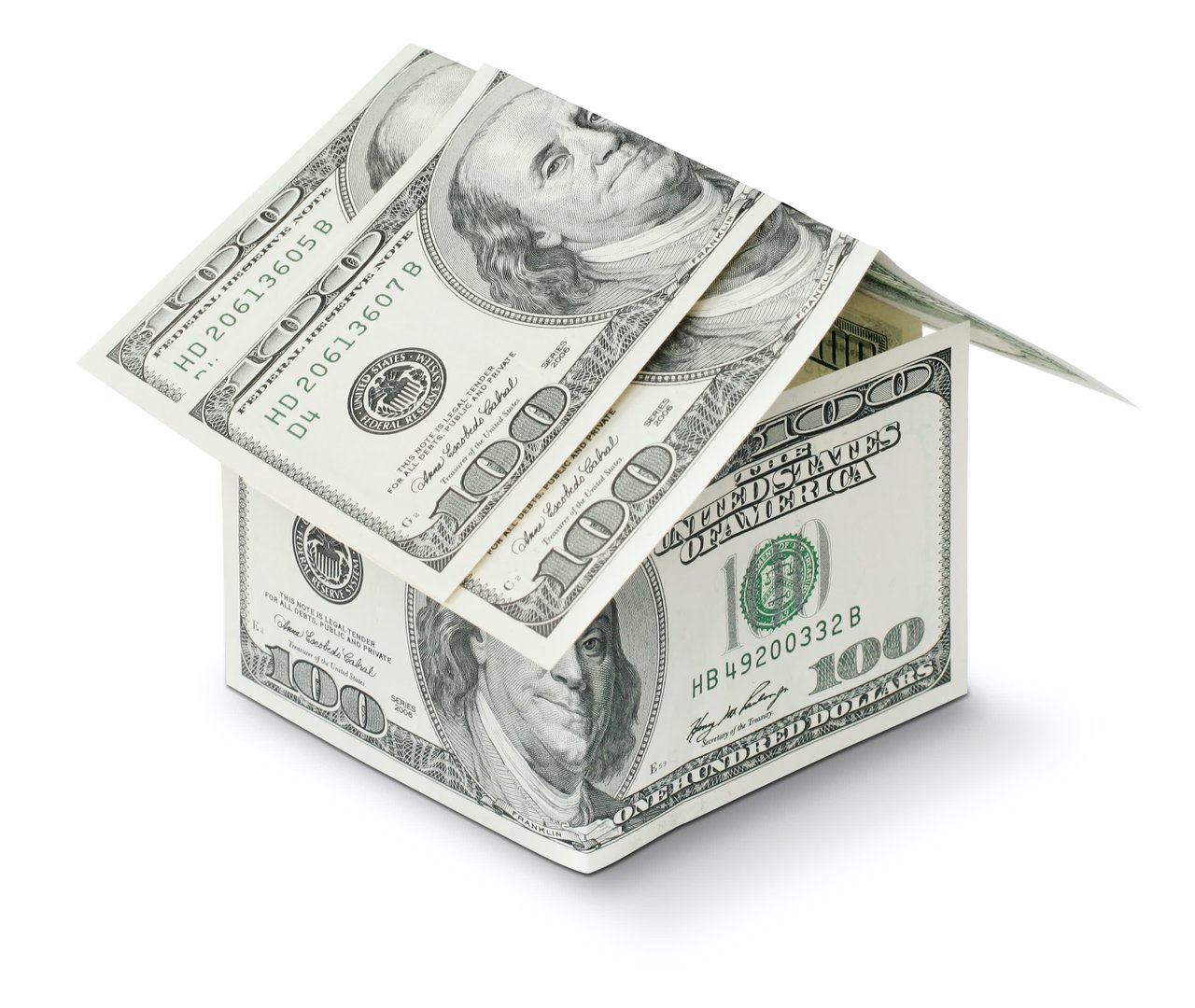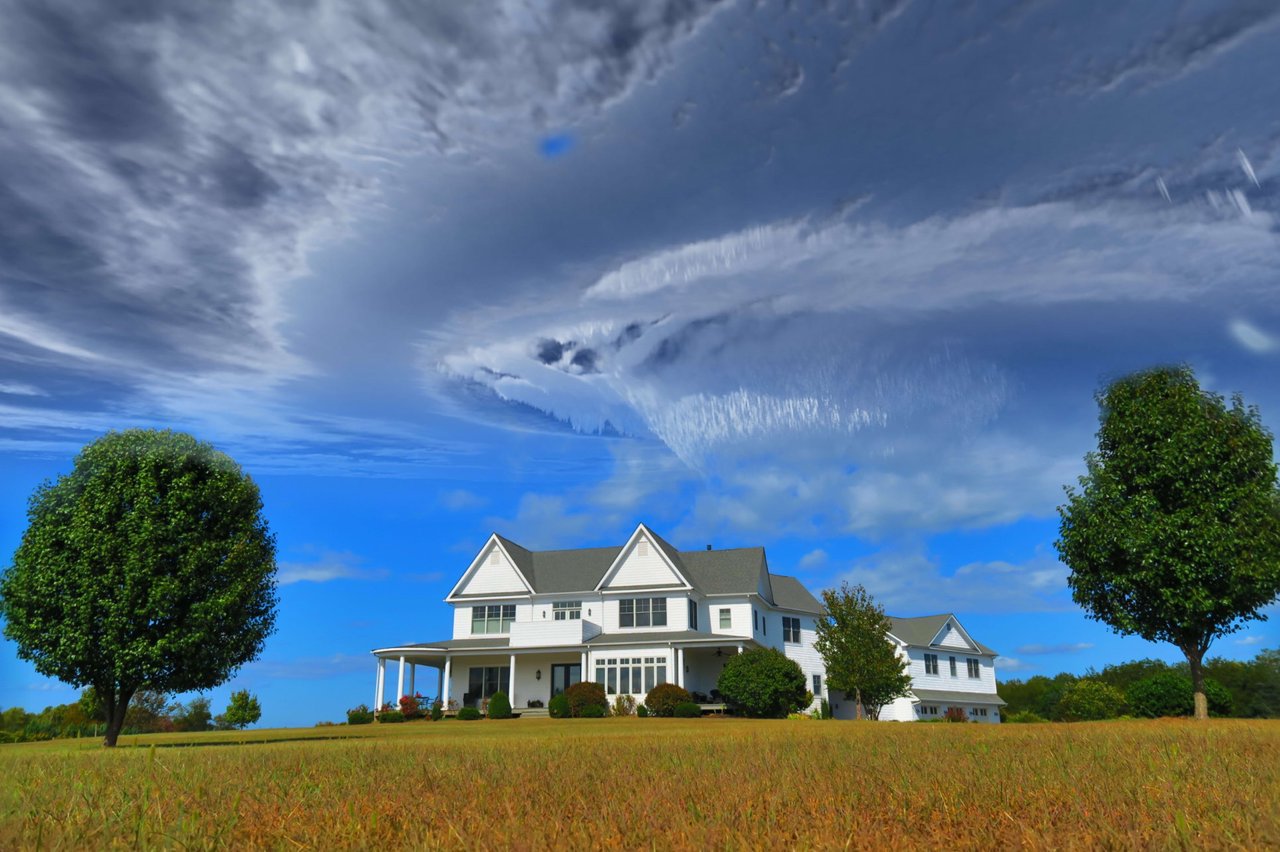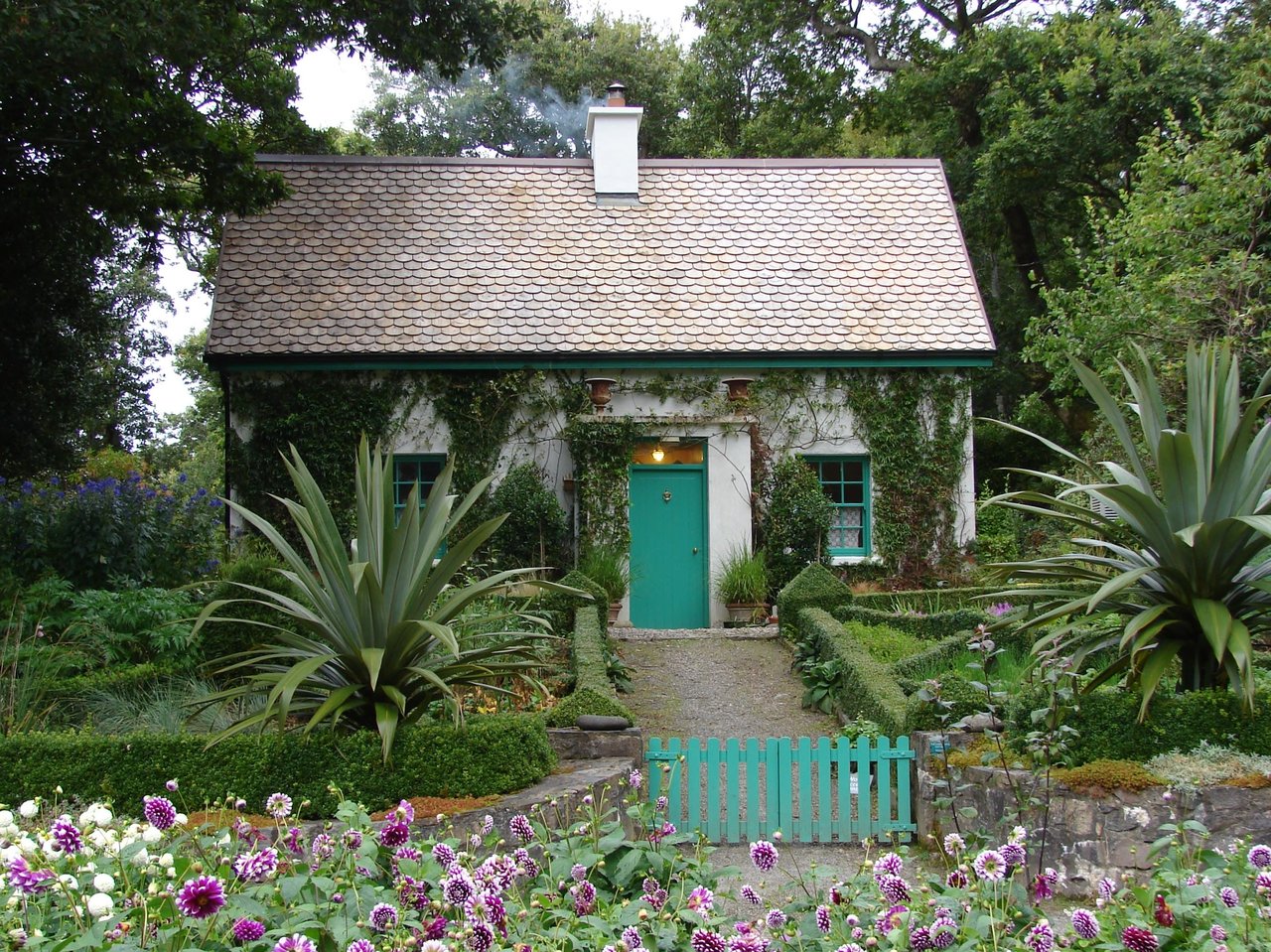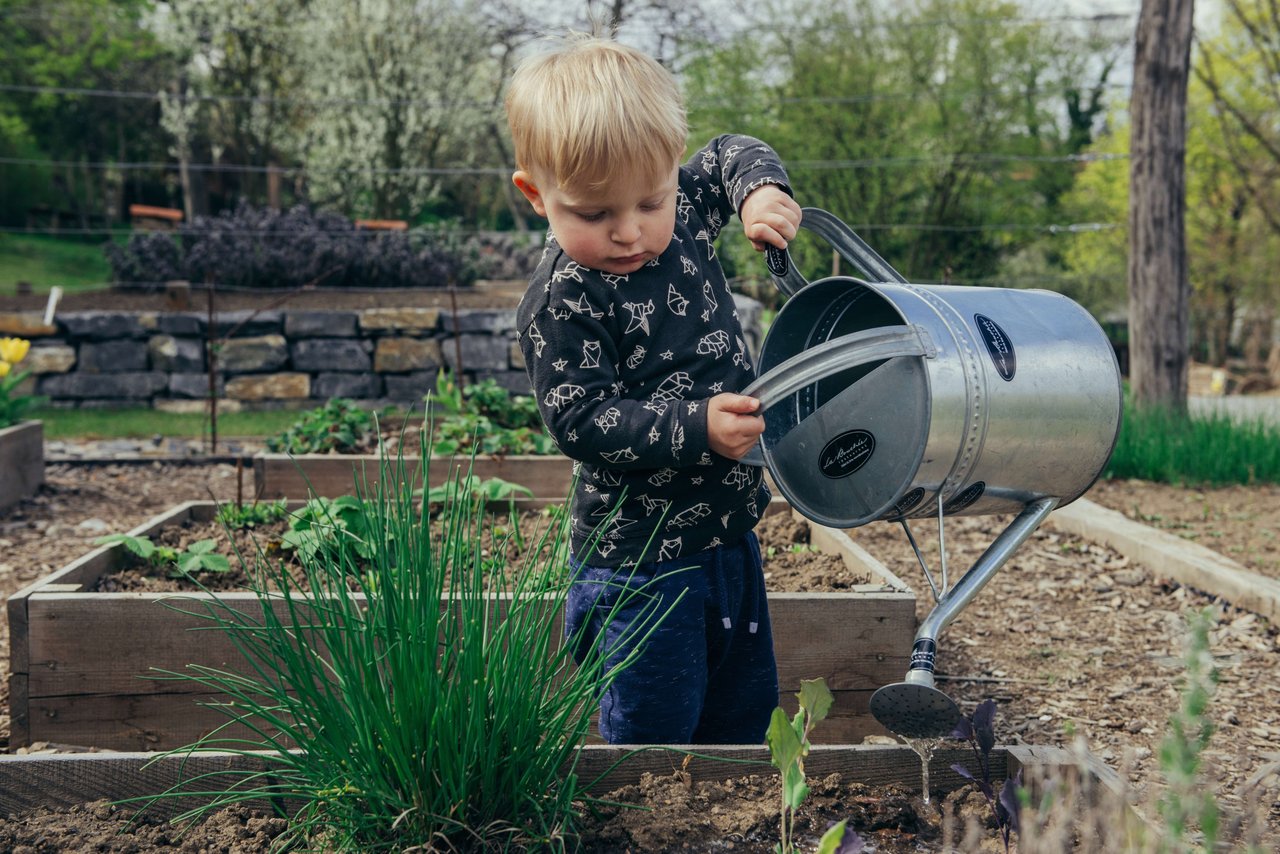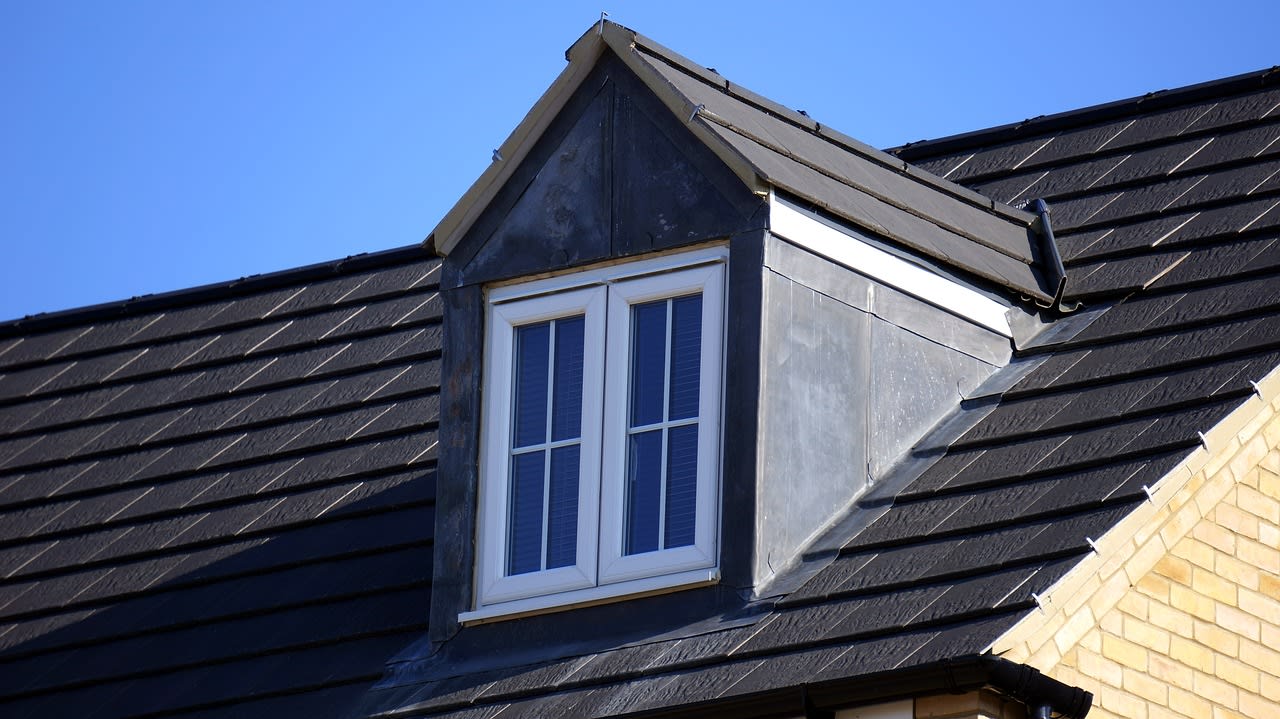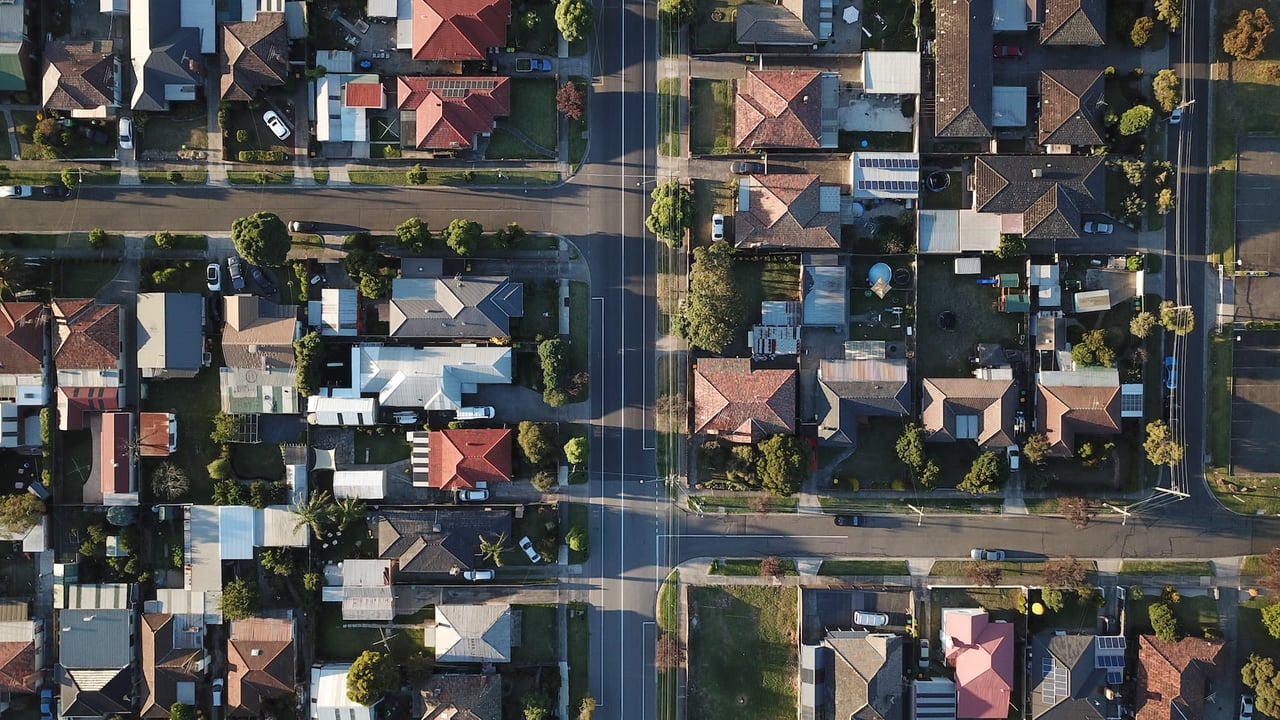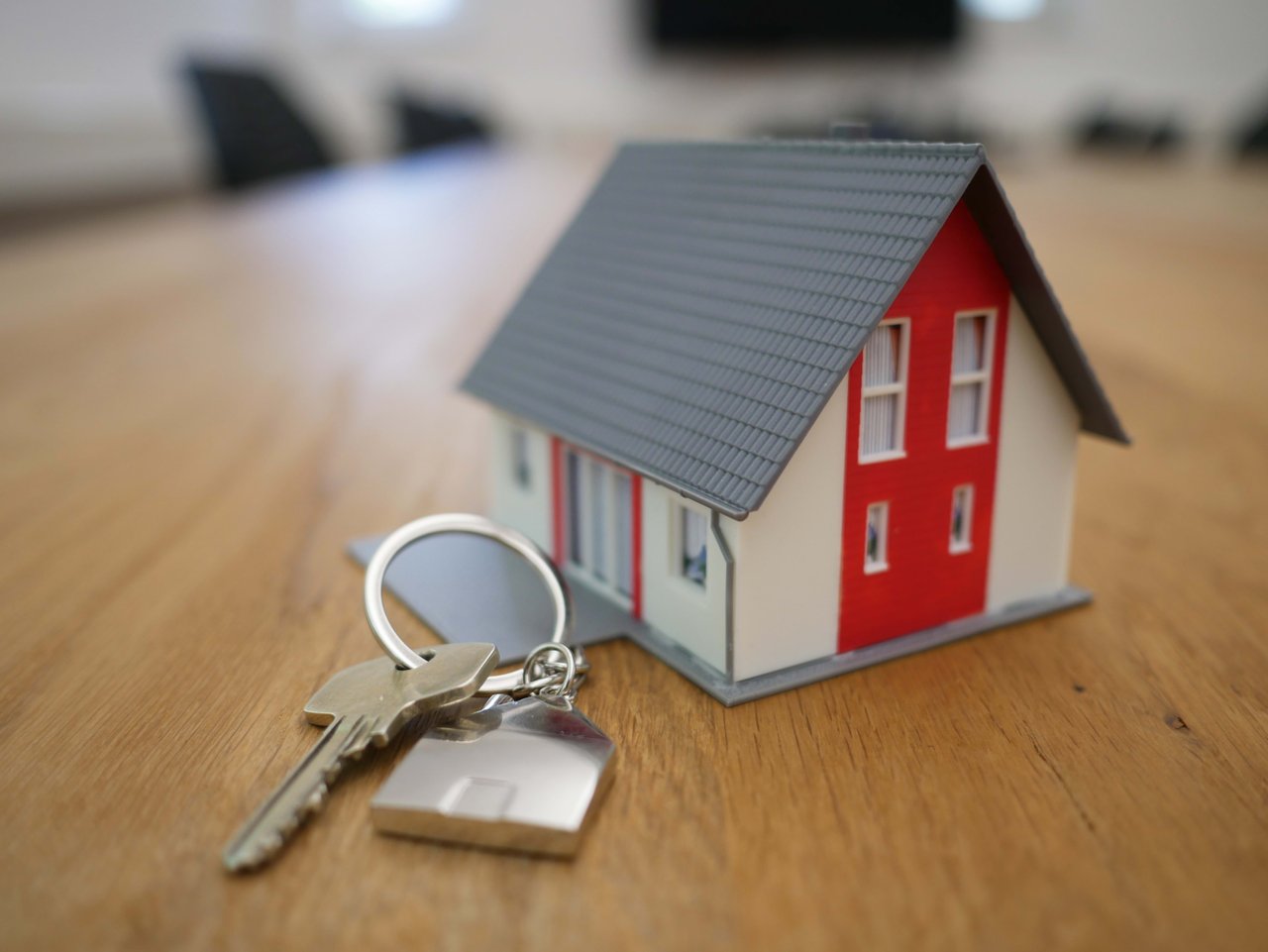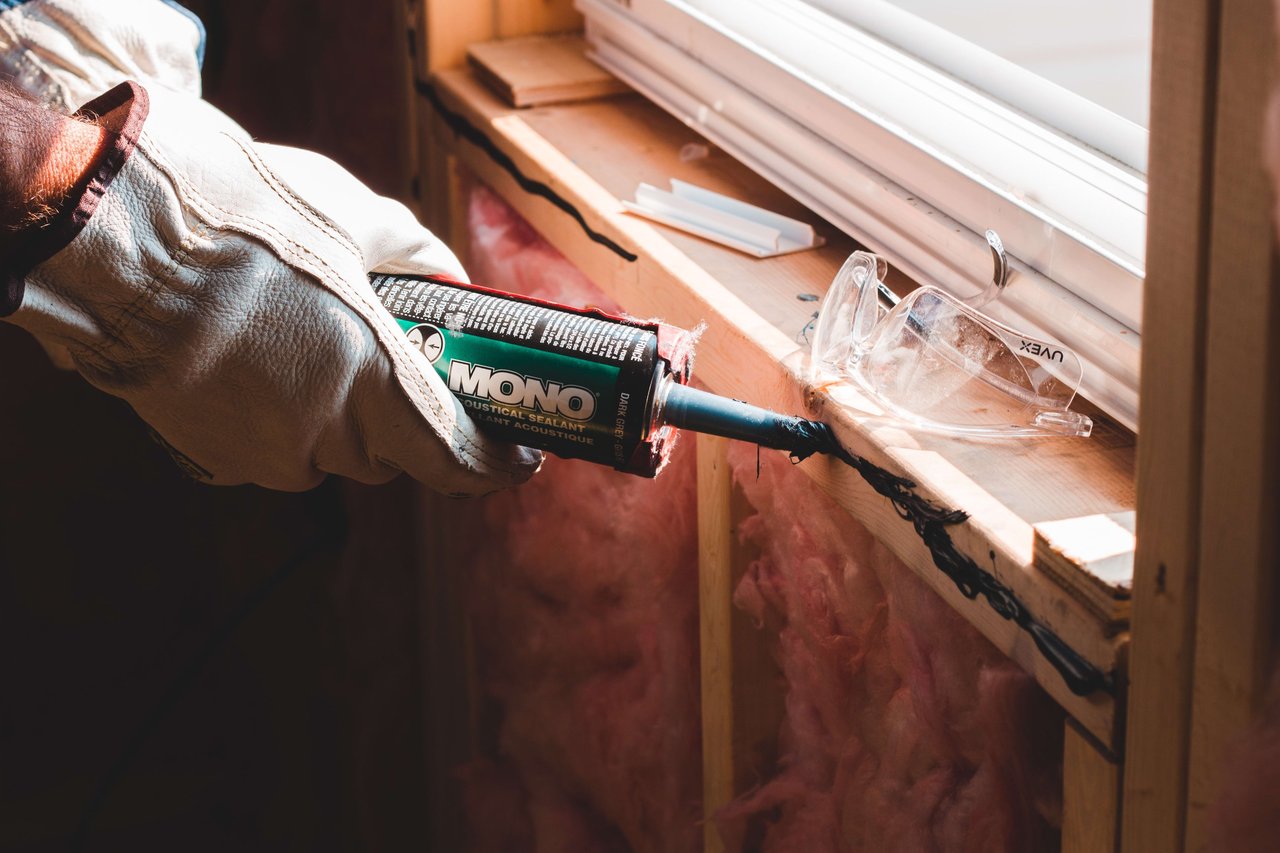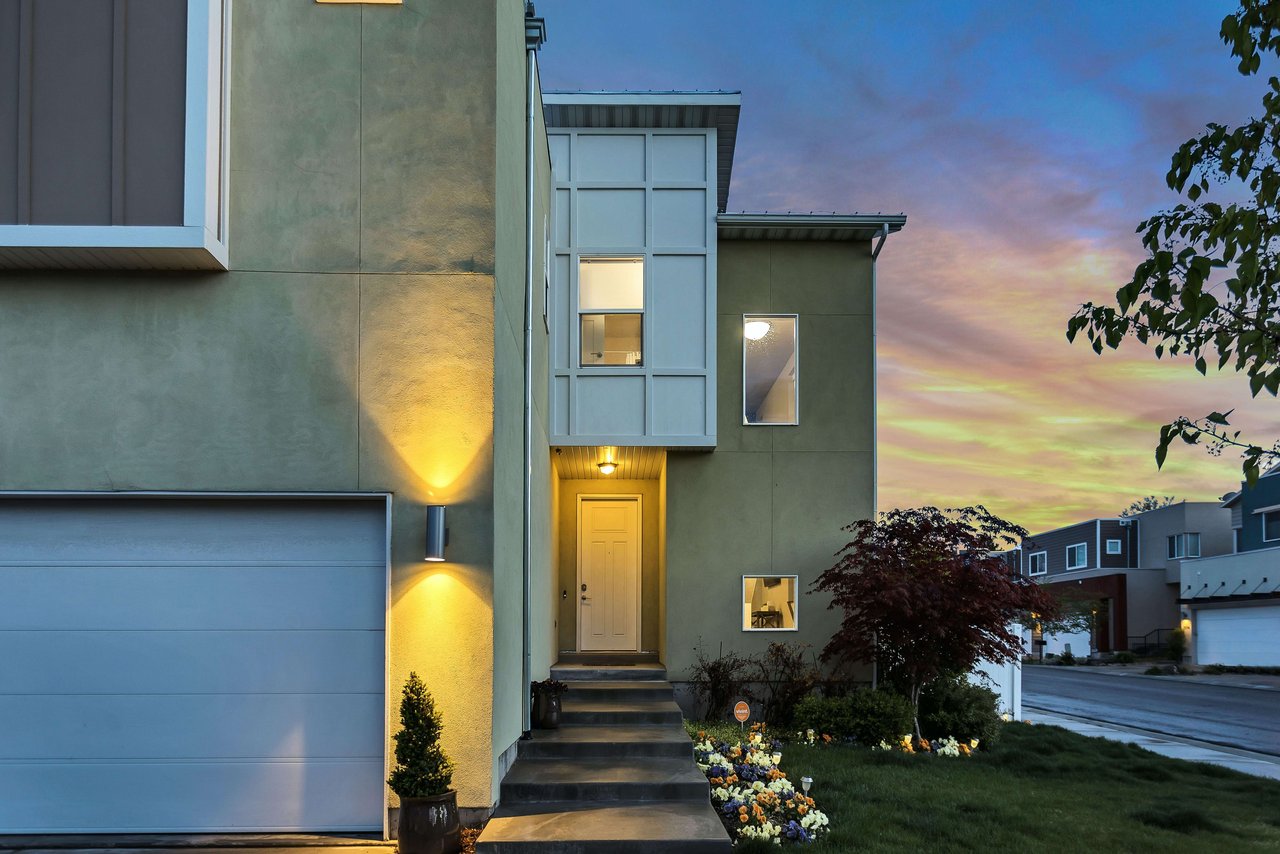A perfect storm is the best way to describe the red-hot housing market that we’ve seen from coast-to-coast during the pandemic. It was spurred by a combination of recession-induced low mortgage rates, remote work inspiring buyers to veer further away from the office, and a wave of first-time millennial homebuyers entering into the market.
At this hour, years of under-building means there are simply not enough homes available to meet this demand. Enter record price growth.
How much longer will this run last? Home price appreciation of 19.9% - a 12-month record set between Aug. 2020 and Aug. 2021—can't be sustained forever.
Already, there are signs that the housing boom is losing some steam. Seasonality – a cooling period that happens typically in most years – is returning to the market; this was absent during the holiday and vacation stretch last year.
In addition, more homebuyers are finally beginning to push back against surging prices.
In October 2021 over 60% of sales involved a bidding war, down from the all-time high in April which was over 74%. There is increased likelihood that the Federal Reserve will raise rates to tamp down inflation. Rising mortgage rates would price out some buyers altogether.
What does this mean for home price growth in 2022?
Fortune recently reviewed seven industry forecast models and, buyers and sellers alike won't get much peace of mind from these forecasts; the economic models don't produce anything close to a consensus.
Some of these forecast models predict price growth next year will go down as one of the highest on record. Others are forecasting a rate of appreciation that would be the slowest in more than a decade.
A look into these models may catch a glimpse as to why there is so much uncertainty heading into the new year.
On the high end of the spectrum are Zillow and Goldman Sachs. Zillow projects home prices will rise 13.6% between Oct. 2021 and Oct. 2022. Meanwhile, Goldman Sachs forecasts a 16% uptick between Oct. 2021 and Dec. 2022 (or 13.5% on an annualized basis). For perspective, the largest 12-month uptick in the lead up to the 2008 housing crash was 14.1%.
Simply put: Researchers at both Zillow and Goldman Sachs see priced out buyers falling further behind next year.
“The supply-demand picture that has been the basis for our call for a multiyear boom in home prices remains intact...Of all the shortages afflicting the U.S. economy, the housing shortage might last the longest," wrote Goldman Sachs in its 2022 outlook.
Neither Zillow nor Goldman Sachs foresees the demographic wave of first-time millennial homebuyers letting up. We’re in the midst of the five-year period (between 2019 and 2023) in which the five largest millennial birth years (between 1989 and 1993) are hitting the all-important first-time home buying age of 30. According to their forecasts, there won't be enough homes to satisfy all of that demand next year.
Since 1980, Fortune calculates home prices on average have climbed 4.6% per year. Over the past year, price growth (19.9%) is four times that level.
The good news for would-be home buyers?
Among the seven forecast models Fortune examined, four predict that we'll see price growth in 2022 fall back closer to the historical average. That includes Fannie Mae and Freddie Mac, which are predicting U.S. home price growth of 7.9% and 7%.
That's slightly higher than the historical norm, however, it's hardly the eye-popping numbers we've seen during the pandemic.
Meanwhile, models released by Redfin and CoreLogic foresee 12-month price growth falling to 3% and 1.9%, respectively.
What do the models predicting substantial price deceleration have in common? They foresee price growth getting chopped down by rising mortgage rates. As of Monday, the average 30-year fixed mortgage rate stands at just 3.1%. By the end of 2022 Fannie Mae projects it'll hit 3.4%, while Redfin's model says 3.6%.
Those jumps are bigger than they might appear at first glance. Let's say a borrower took on a $500,000 mortgage. At a 3.1% mortgage rate, they'd see a $2,135 monthly payment (not factoring in any taxes or insurance). But if that rate were the 3.6% as projected by Redfin, that payment would rise to $2,273—or nearly an additional $50,000 over the course of the 30-year mortgage.
Another unknown: Will corporate America begin pushing harder next year to bring staffers back into the office? If the workplace is less WFH friendly next year, that could translate into fewer buyers in both second home markets (like the Hamptons) and in the exurbs. Frank Martell, CEO of CoreLogic, wrote in the real estate data firm's latest forecast that, "as we head into 2022, we expect some moderation in the current pattern of flight away from urban cores as the pandemic wanes.”
But there is one outlook that is relatively bearish on price growth.
The Mortgage Bankers Association, an industry trade group, is predicting that the median price of existing homes will decrease by 2.5% between the fourth quarter of 2021 and the fourth quarter of 2022.
When you look closely at its model, it's easy to see why: The Mortgage Bankers Association is forecasting that the average 30-year fixed mortgage rate will hit 4% by the end of 2022. Over the course of 30 years, that would add an additional $90,000 in cost to a $500,000 fixed rate mortgage.
That said, even if the Mortgage Bankers Association's price drop comes to fruition, it'd hardly be a housing crash. In fact, in that scenario, U.S. home prices would still be up over 20% from pre-pandemic levels.
